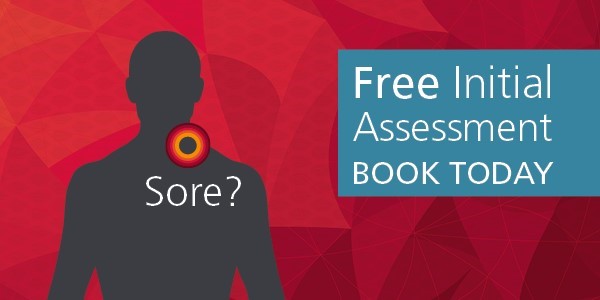When is ‘Good Pain’ good pain & ‘Bad Pain’ bad pain?
Have you ever given thought to the meaning behind the statement: No pain, no gain?
Unfortunately, many people take this literally and end up sore with an injury that stops them from training. It is therefore important to listen to our bodies before, during and after exercise. Exercising, however, can bring on pain and discomfort at the time and afterwards, thus it is good to be aware of what “good pain” and “bad pain” is.
Good pain refers to the vague general soreness that occurs for one to two days following exercising. This is referred to as “delayed onset muscle soreness,” or DOMS for short. DOMS can occur following a weights session, an increase in exercise or doing an activity that you haven’t done for a long time. This occurs because the muscles are challenged working harder than normal leading to micro-tears within the muscle belly. It can be quite tender to touch and tends to be spread out over a large area, but should resolve very quickly.
With this type of ‘good’ soreness the muscles remodel, become stronger and more efficient. With some rest and healing (for a couple of days), and consistency in exercise frequency and gradual progressions, DOMS should be less intense and frequent. The benefits of exercising within ‘good pain’ limits reaps results in increased muscle mass, strength and fitness. In this case, “No pain, no gain” should be ‘mild, very short term pain, some gain’.
“Bad pain” however, comes in many forms, affecting muscle, joint, tendon, ligament or nerve. Pain is the body’s natural response in the presence of danger, such as an injury. Something is not right! It is important in this instance not to work through the pain. This pain is generally sharp (occasionally shooting) and sudden, and should be assessed by a physiotherapist. This pain signifies an injury that is unlikely to settle after 24 hours, hence further investigation and treatment is required by a physiotherapist.
Pain can take all shapes and forms. The important thing to remember is that pain is a warning and danger sign that something is not right. Even with ‘good pain’, we need to respect, rest and then continue.
If this does not settle within 24 hours, it is best to consult a physiotherapist as this may be indicative of an injury and ‘bad pain’. The earlier that we can get onto the pain/injury, the quicker and more complete the resolution will be.
So don’t wait – get onto that ‘Bad Pain‘ straight away!


